| [pending review revision] | [pending review revision] |
(Page créée avec « Localiser un défaut sur une fibre optique et identifier des liens grâce au VFL TED Equipement. ») |
(Page créée avec « Règle de sécurité ») |
||
| Line 20: | Line 20: | ||
}} | }} | ||
{{Tuto Step | {{Tuto Step | ||
| − | |Step_Title= | + | |Step_Title=Règle de sécurité |
|Step_Content=The visual defect locator (or optical pencil) emits red light at an output power of 10 mW. Do not directly look at the light beam or direct it at another person. Always replace the protective cap after use. | |Step_Content=The visual defect locator (or optical pencil) emits red light at an output power of 10 mW. Do not directly look at the light beam or direct it at another person. Always replace the protective cap after use. | ||
Revision as of 15:49, 7 June 2019
Contents
- 1 Items
- 2 Step 1 - Règle de sécurité
- 3 Step 2 - Step 2 - Ignition and configuration
- 4 Step 3 - Step 3 - Connection to the fibre
- 5 Step 4 - Step 4 - Identify the length of the fibre
- 6 Step 5 - Step 5 - Locating the end
- 7 Step 6 - Step 6 - Locating the defect (a curve for example)
- 8 Step 7 - Step 7 - Turn off the device
- 9 Comments
- Items
Items
Step 1 - Règle de sécurité
The visual defect locator (or optical pencil) emits red light at an output power of 10 mW. Do not directly look at the light beam or direct it at another person. Always replace the protective cap after use.
Switch on the unit only when the protective cap is in place or a connector is attached to the outlet.
Step 2 - Step 2 - Ignition and configuration
Press the PWR button. The locator emits a continuous or pulsed signal depending on the setting selected with the MOD button.
Step 3 - Step 3 - Connection to the fibre
The visual defect locator is compatible with all connectors with a 2.5 mm ferrule. For 1.25 mm ferrules, the use of an adapter is required.
Step 4 - Step 4 - Identify the length of the fibre
The locator can be used on links up to 10 km. Beyond that, whatever the power of an optical pencil, the light beam cannot be perceived.
Step 5 - Step 5 - Locating the end
The end of an optical link is detected by the presence of the light signal. This is a function widely used for mixing garters in street cabinets or bays.
Step 6 - Step 6 - Locating the defect (a curve for example)
Due to the high reflection of the light as it passes through a stress (macro-curve) or when a fibre is cut, this device is widely used to correct defects (which cause significant optical losses), on the visible part of the fibres.
Step 7 - Step 7 - Turn off the device
After using the device, turn off the locator and place the protective cap on the optical output.
Published
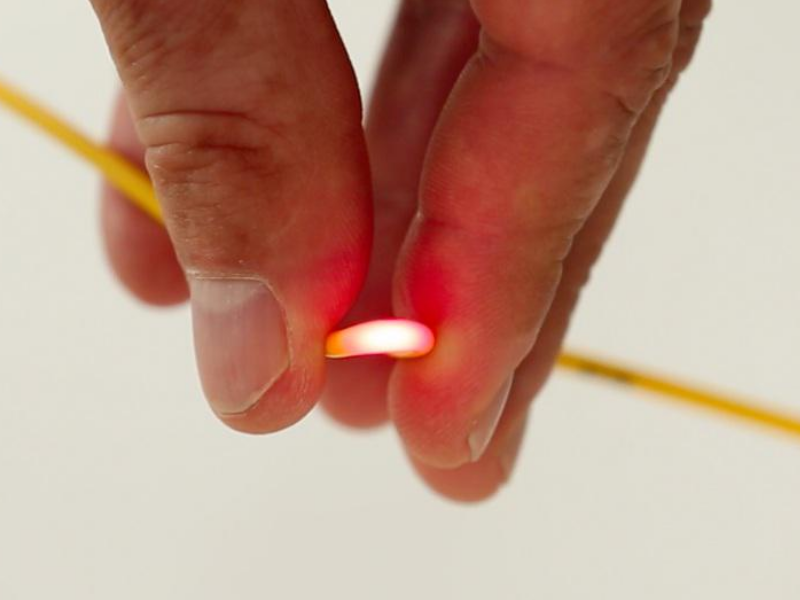



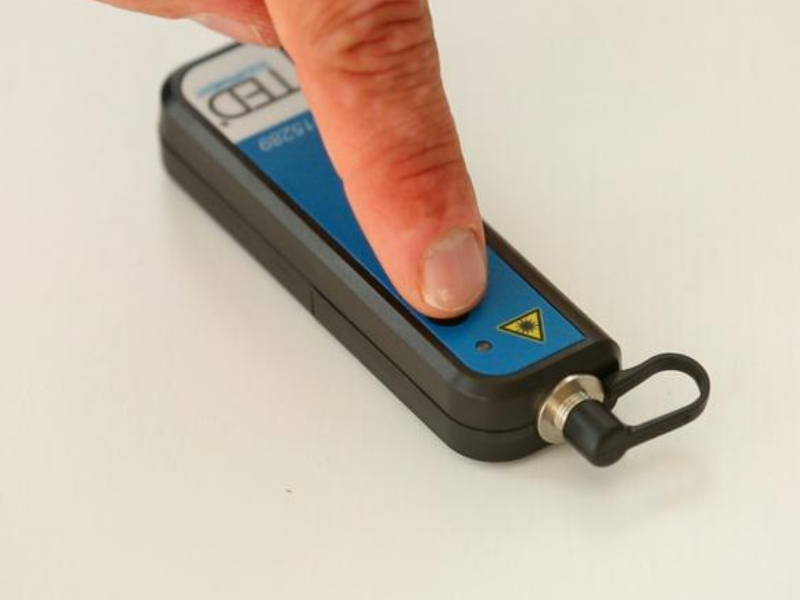

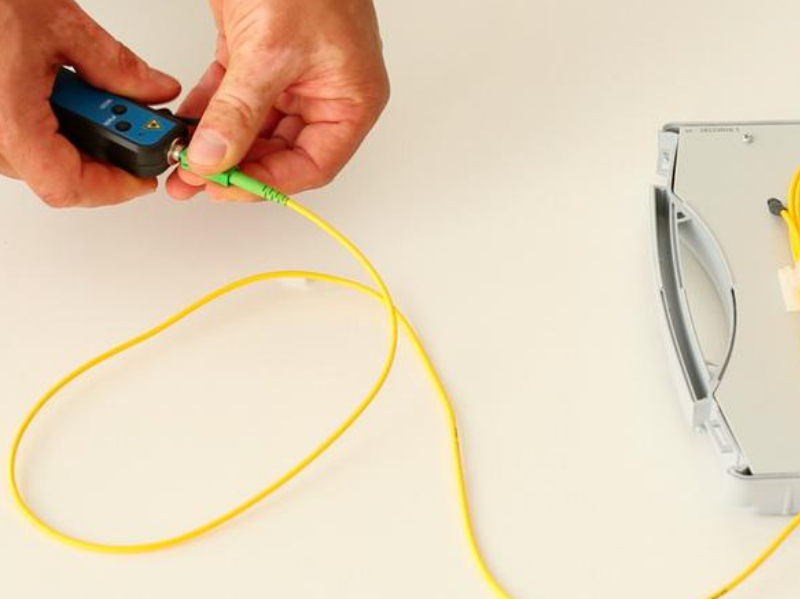
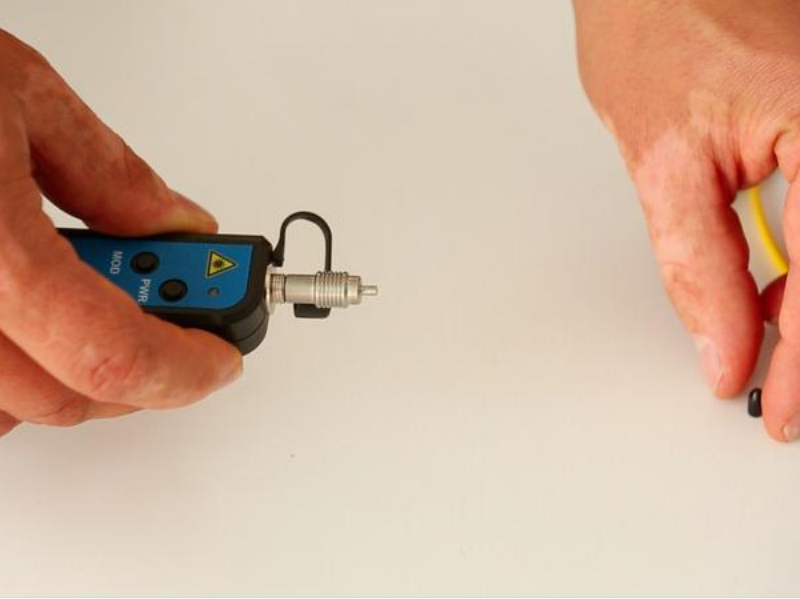

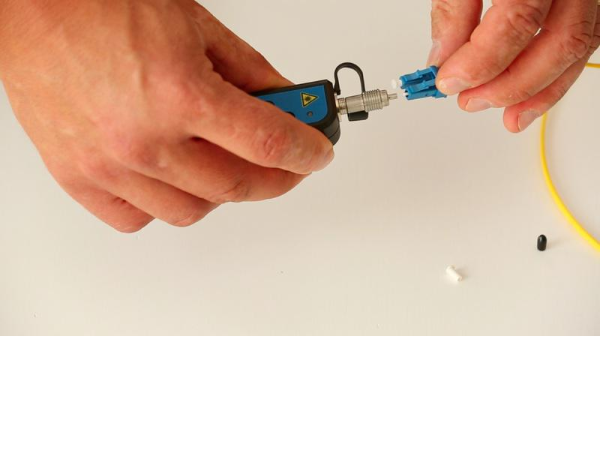
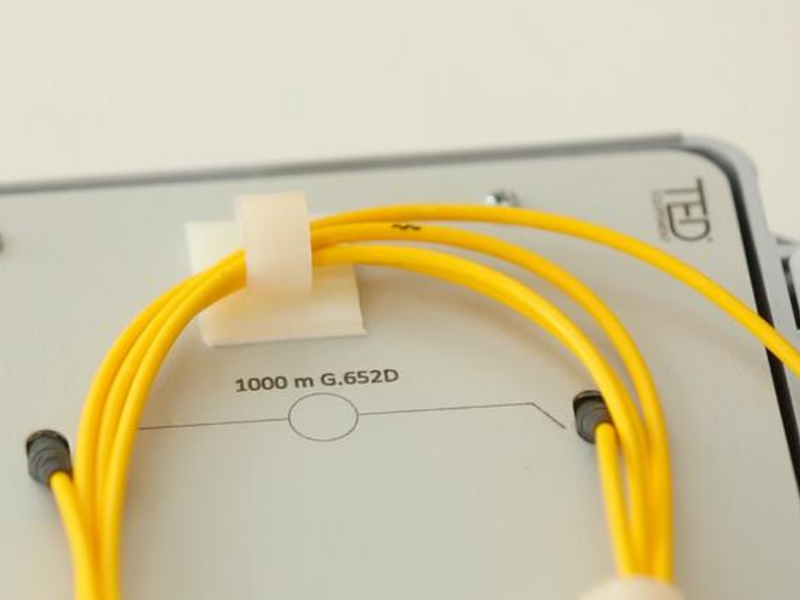
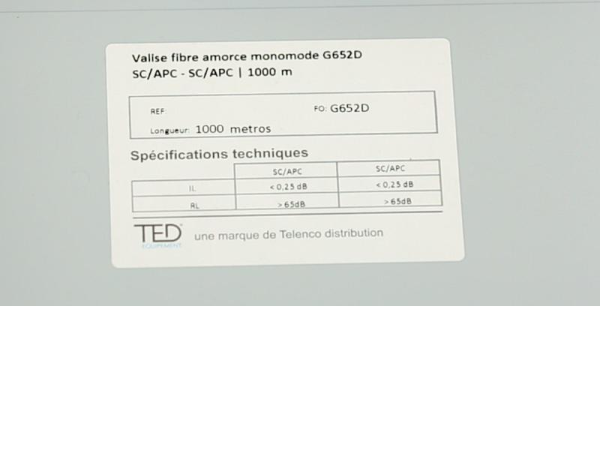




 Français
Français English
English Deutsch
Deutsch Español
Español Italiano
Italiano Português
Português